Featured
How Indian shooting has been revamped after Rio Olympics debacle
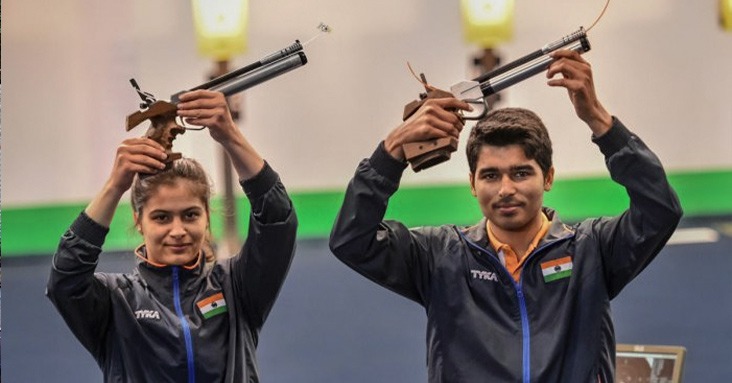
This piece is an excerpt from the newly-launched book 'Dreams of a Billion: India and the Olympic Games' authored by Boria Majumdar and Nalin Mehta. This particular excerpt is an essay called 'Shooting Systems: The Revamp After Rio' from the Chapter 'Ad Hoc or Professional? The Promise and Problem with India's Sporting Systems'.
Abhinav Bindra had just made the final of the 10-metre air rifle event at the Rio Olympics in 2016 and Raninder Singh, the president of the National Rifle Association of India (NRAI), was relieved. Till then his shooters had flattered to deceive. Abhinav was a ray of hope. In the one hour between the qualification stage and the final, Raninder looked excited and was confident of a medal. Shooting was India’s premier Olympic sport in Beijing and London. Raninder couldn’t afford to come back from Rio empty-handed when as many as twelve of his shooters had qualified for the Olympics. When Abhinav lost the shoot-off and missed out on the medal, Raninder was crestfallen. It was as if all hope had been lost and this sense of dejection was evident to all.
Indian shooting had taken a backward step in Rio and the NRAI couldn’t let things drift any further. Soon after the contingent was back in India, Raninder put correctives in place. He appointed a four-member committee chaired by Abhinav Bindra himself to take stock of the Rio debacle and to chart out a road map for the next few years. Besides Abhinav, the committee included Manisha Malhotra, a former tennis player and sports management professional with in-depth knowledge of Indian Olympic sports, as well as Digvijay Singh Deo and Kamesh Srinivasan, two of India’s best known Olympic journalists and men who know the grassroots better than most. Raninder was clearly serious -- the committee wasn’t designed to mask the poor performance in Rio and placate the masses. None of the committee members could be influenced and the reform process had commenced.
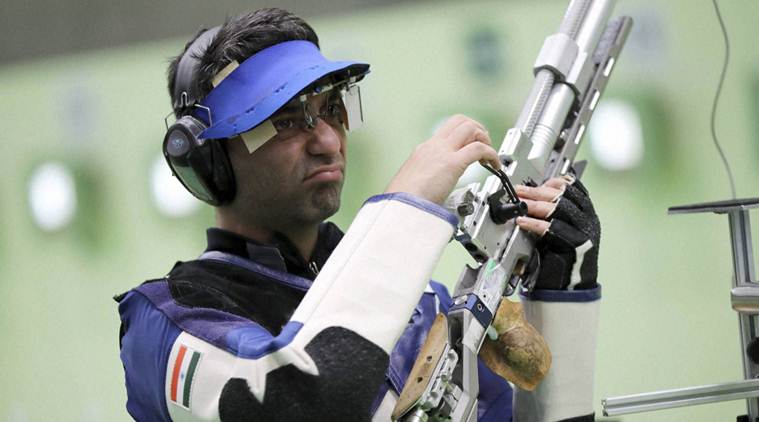
This committee, as expected from the likes of Bindra, went deep. Its final report was a critical eye-opener on the NRAI and the way it had operated in the last few years. The thirty-eight-page study summed up the shooting story in Rio unambiguously, stating, ‘It can be said with no reservations that Indian shooting “over achieved” at the Rio Olympic Games. The formula for success was wrong and Indian shooting had ridden its luck over the 12m few years, no doubt helped by some extremely talented shooters. It is the sincere wish of this committee that the NRAI closely look at its processes and the free hand given to individuals to avoid another embarrassing no show in four years time in 'Tokyo.’
The committee members spoke to every shooter present in Rio as well as coaches and support staff to understand what went wrong. The report, which is a fascinating read, made it clear that not only was there no systematic plan in place, but there were cases of financial mismanagement and lack of accountability and transparency.
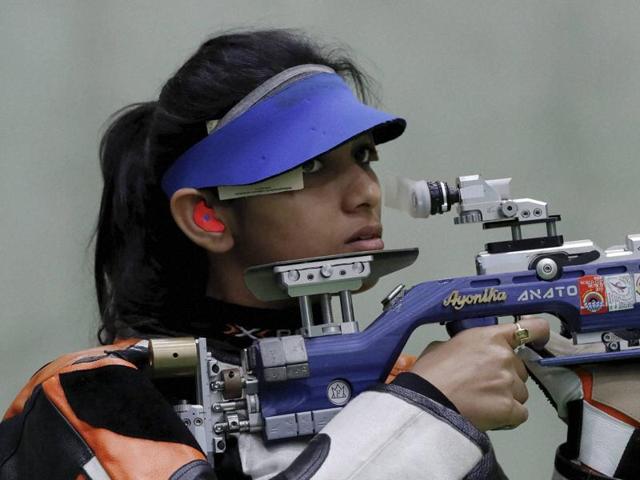
For example, the committee’s observations on Ayonika Paul, who had qualified for the 10-metre air rifle event, were scathing: ‘The committee feels that Paul’s approach to the Olympics shows the flip side of allowing athletes, especially young ones, the power to chalk their own course. They are clearly not equipped or mentally ready to shoulder the responsibility. The projection of Thomas Farnik as the coach and Suma Shirur only as the mentor (Paul had claimed that Farnik was her personal coach and Shirur was just the mentor during her preparations) was purely for financial gains. The records and documents presented to the committee proved that Suma was the full-time coach. There has to be absolute honesty of effort while preparing for the Olympics. The NRAI needs to address confusion over the presence of two coaches, one in person and another on paper.’
Having already highlighted issues of financial impropriety, the committee emphasized the critical need for a professional juniors programme. This was essential to take care of the shooters as they made the transition from the junior to the senior stage.
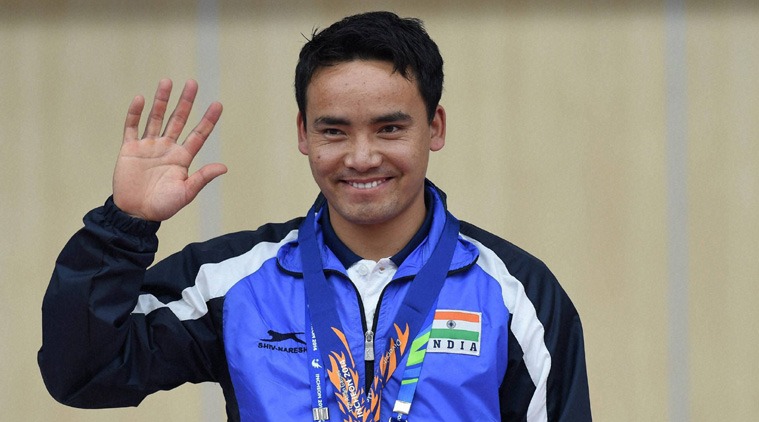
It also emphasized the need for proper coaching and noted that the absence of a good coach may have cost Jitu Rai, India’s best medal prospect in Rio, his Olympic medal. ‘The committee feels that the foreign coach Pavel Smirnov did not have the expertise in the precision events to help Jitu Rai win an Olympic medal. Rai’s admission of his inability to find a working relationship with Smirnov further put the shooter in a precarious position of coming up with his own training plans. The lack of expertise for the best shooter in India despite no dearth of support from the Army and the government further highlights the lack of proper planning.’
Finally, it made note of how athletes competing at the Olympics need to be taken care of so that they approach their events in the best physical and mental state and are properly rested before doing so. Highlighting the case of Apurvi Chandela in Rio, the committee noted, ‘The lack of experience and monitoring caused Apurvi to have an accidental injury during her cryotherapy session. It must be noted that all cutting-edge scientific training must be under the guidance of suitable experts, which was obviously lacking. The committee also feels that lack of sleep or disturbances on the eve of the competition should have been visualized and the athlete could have been protected or better prepared. (On the night before her competition, people were knocking on her door as a fresh batch of Indian athletes had arrived in the Olympic Village. As a result, she was unable to sleep and was exhausted going into the event in the morning).'
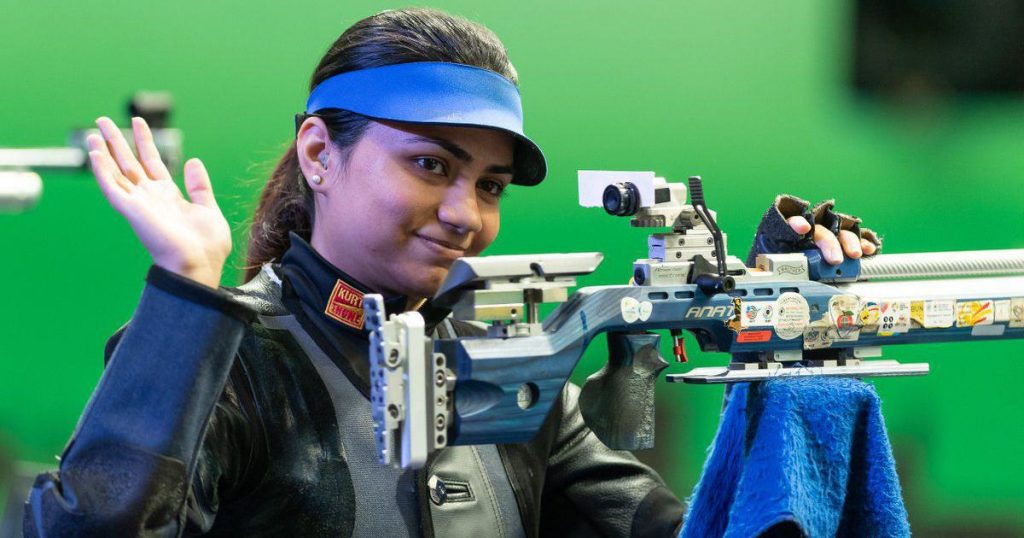
The members rounded off the report, concluding unanimously that ‘Indian shooting needs to change; change its attitude, its policies and practices… At present the system is ad hoc. There is no systemic framework in place.’
To recommend is one thing, but to implement is a fundamentally different task altogether.
To its credit, the NRAI, under President Raninder Singh, was open to the criticism, took the recommendations in its stride and set in motion a slew of changes advocated in the report.
A look at the Indian contingent for Tokyo draws attention to the impact of the reforms put in place. With Jaspal Rana and Suma Shirur, both of whom made the transition from the junior coaching structure to a senior role, taking care of the shooters, Indian shooting is no longer ad hoc. While much can still be done, it is now a structured system with its heart in the right place.
It allows for a healthy mix of experience and youth. Hence, youngsters like Manu Bhaker and Saurabh Chaudhary are accompanied by seniors like Apurvi Chandela and Sanjeev Rajput. While the system isn’t perfect yet, it is good enough to empower the shooters to try and be ‘perfect on an imperfect day’ as Abhinav Bindra always aspired to be.
When we went back to the committee members to check if they were satisfied with the reforms put in place, this is what they said: ‘The committee’s recommendations after the debacle at the Rio Olympics provided the blueprint for the NRAI to introspect and implement course-correction for the future. It was not our intention to pin the blame on a particular individual but to adopt a holistic approach to ensure that Indian shooting cut the flab and became a professional organization with respect to delivering medals at the top level. There have been a few systematic changes with the NRAI drafting in senior shooters such as Mansher Singh and Suma Shirur to replace redundant coaches who were largely seen as political appointees. The appointment of Ronak Pandit as high-performance manager and NRAI observer is also a welcome one.
'The biggest takeaway, though, remains the success of the junior, programme. The committee had recommended that the junior programme be allowed to develop at its own pace and today it is that very programme set up by Jaspal Rana and Dipali Deshpande that is delivering results at the international level. Not only have promising teenagers started winning junior competitions, but the likes of Manu Bhaker, Saurabh Chaudhary, Anish Bhanwala, Elavenil Valarivan and others are delivering results consistently in the senior competitions as well. The record haul at the 2019 World Championships is a testament to the success of the junior programme.’
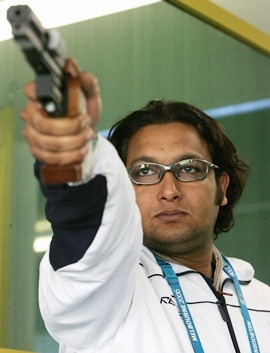
Jaspal Rana reinforces this assessment: ‘The junior programme is really robust. Close to sixty per cent of the funds are spent on this programme and there are multiple coaches, physios and trainers in the camps. Earlier I had to look after all the shooters myself. It was impossible to give personalized attention to fifty or sixty shooters. Now we have about four or five coaches, physios and trainers to give me a hand. We are now able to give the athletes international exposure as and when required. Things have undergone a sea change in the last few years.’
Also read: The Evolution of Indian Shooting – The Decade Gone By
Joydeep Karmakar, who trains Mehuli Ghosh, alluded to this change and said, ‘Participation has increased twenty times in the past few years. We have thousands wanting to compete in the national competitions and it is only natural that with proper coaching and sports science India will start doing well at the international level.’
The work, however, isn’t done just yet. With fifteen quotas for Tokyo 2020, hopes have soared yet again. Indian shooters were number one in the medals tally in all four world cups in 2019. That’s what makes the months leading up to Tokyo so important for the shooters and the NRAI. As much as the shooters need to compete and train, they also require adequate downtime to be in the best shape for the Olympics.
We often obsess about training and hard work and tend to forget the importance of letting bodies recover and refocus. Diet, mental hygiene and training regimes need to be monitored for each of the men and women who now have the opportunity to make India proud at the world’s biggest sporting event.
The best part is it that we are no longer focused on one individual. It is not about a Bindra or a Narang. In each of the events that India will participate in at the Tokyo Olympics, we stand a good chance if we have a good day. To have the best day we need to be the best prepared. That’s what training is all about.
The NRAI, with the help of the government, the SAI and private players like the GoSports Foundation, Gagan Narang Sports Foundation, 18% OGQ and others, have done the hard work. We finally have a professional system in place. We have talented men and women who aren’t satisfied with just a medal. They want the best and are focused on getting there. All they need now is the final honing to make them battle-ready.
The Bindra committee concluded with a few words of caution for the federation: ‘The NRAI now faces its biggest challenge as it will not just have to monitor the preparations of the shooters for the Tokyo Games but also find a way of integrating the senior and junior programmes. The transition of a shooter from junior to senior was earlier a big problem with many promising shooters getting lost as they made the step up. Today there is a lot of overlap with many of the junior shooters making the senior team and there has to be some element of flexibility and continuity to ensure that they do not find themselves in an alien environment when picked for a senior tournament.’
They are right. With cricketing legends like Sachin Tendulkar also tweeting about the achievements of the shooters, the media interest in these men and women, some of whom are still teenagers, can be relentless and daunting. The 24/7 media is always in search of a story and each of these achievers make for one.
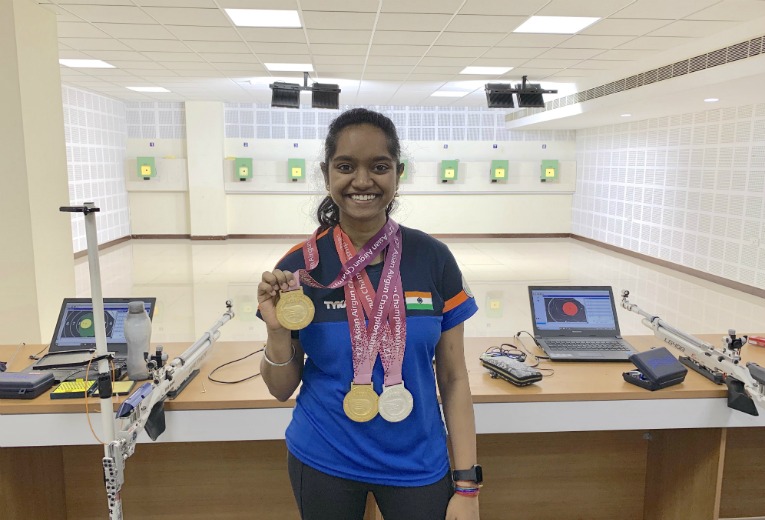
While Elavenil Valarivan had to shoot without proper equipment for a while and is grateful to Gagan Narang for helping her out, Saurabh Chaudhary fought against all odds, coming from a lower-middle-class household in Meerut, to emerge as a shooter of repute. Mehuli Ghosh, also a teenager, had to undergo counselling to overcome the trauma of inadvertently hitting a person at the age of fourteen when she was just about to start her dream of becoming a shooter.
‘These things can be daunting. You have to protect them. See how young they are. Manu is eighteen. Saurabh is even younger. Fame and media interest can be really scary at times. It is a heady feeling to be talked about and mentioned in the mainstream media. From nowhere you are suddenly a star. People want to click pictures with you, speak to you, know your story. While it is all very good, this isn’t the right time for any of it,’ said a cautious Bindra.
From here on, the role of coaches is of paramount importance. While most coaches at the turn of the century were playing the role of a manager, what makes the NRAI’s programme tick is the involvement of coaches who have all achieved significant international success in their careers. Be it Jaspal Rana or Dipali Deshpande or Suma Shirur each of them currently employed by the NRAI as coaches and mentors they know what it is to be a shooter of repute and what it takes to win medals on the big stage. With them in charge, Manu, Saurabh, Anjum, Apurvi and the rest are in good hands. ‘This is one of the most important factors,’ said Bindra. ‘To have shooters of pedigree groom the next generation is one of the best things the NRAI has done.’
How many medals can India win in Tokyo? While we debate this, it has to be said that as of late 2019, things seem good. At the same time, the signs tell us to be cautious to nurture these men and women with care and nor waste another opportunity.
About the authors and the book
Boria Majumdar is a leading sports journalist and author; he is the co-author of Sachin Tendulkar's autobiography Playing It My Way.
Nalin Mehta is a social scientist, journalist and writer; he is an executive editor at the Times of India, Delhi.
'Dreams of a Billion' gives the reader an inside view of what goes on backstage in the Indian Olympics world, alongside a quick history of how India has fared at the Olympics over the past century, and a look at how the Indian Olympics world has changed in the last decade. The book is available for sale on Amazon. To purchase, click here.

